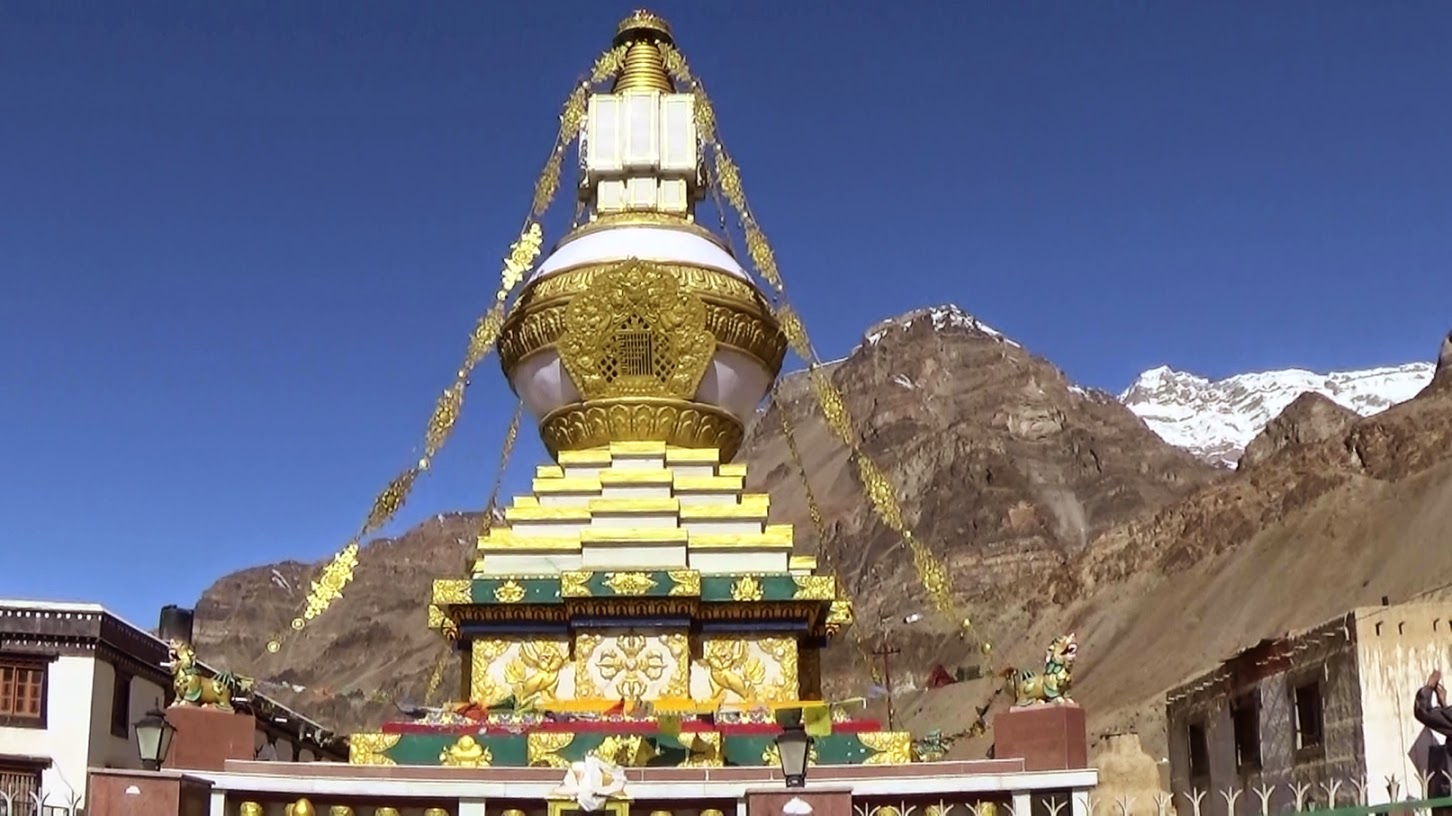Sazo
This festival is observed in the month of January. On this day the people take their bath in the natural springs and few even go to Satluj river for bathing if they happen to live near the river. Poltus, rice, pulses, vegetables, meat, halva, chilta, and pug are the principal dishes prepared on this occasion. In the morning the family god is worshiped with the food except for meat. The hearth is also worshiped near Noontime, the deity is brought out and worshiped with wine and halwa A fold dance is held. Thereafter the deity is believed to have gone to Kinner Kailash.
Phagul or Suskar
It is celebrated in the month of February/March. In this festival the spirit of Kanda (Peaks) called Kali is mainly worshiped, the festivals last about a fortnight and is celebrated all over Kinnaur. Each day of the festival is called by different names and several peculiar functions are held each day. On the last day, a feast is prepared and people worship kali on the roof of the houses and then partake of the food. It is believed that after the function and festival are celebrated with full zeal Kali the spirit feels happy and blesses the villagers with prosperity and plenty in the coming years.
Baisakhi or Beesh
It is celebrated in the month of April. The villagers prepare food like Poltu, Halwa and Keyshid. The image of the goddess is brought out of the temple and a fair is held in the Santang. It is an occasion to get together and to dance and drink. This festival marks the end of the winter season also. New woolen clothes are worn from the wool spun during the winter.
Dakhraini
This festival is celebrated in the month of July. On this day a feast is served. The deity is brought out and the villagers dance before her. Zongor and loskar flowers are brought from the kand peak and their garlands are offered to the goddess. After this, these flowers are distributed among the villagers. One or two members of the family where death might have occurred before this festival go to the peak of the hill and offer some food and fruits to shepherd in memory of the departed soul. A white flag on which some Buddhist mantras are written is fixed there as a sort of prayer for the peace of departed soul.
Flaich Ukhayang
It is a festival of flowers celebrated in the month of September. This festival is celebrated through the Kinnaur District on different dates. Generally, people celebrate it on the hill peaks near their villages. The village deity led by the band is carried to the place of in procession. One he-goat is sacrificed. A fair is held throughout the day. Flowers of shuloo which have been brought from peaks for this purpose are woven into garlands. At the end of the fair, these garlands are offered to the deity. Immediately afterward the people accompany the goddess to the village adorned with flowers. The people sing and dance on the return journey.
Loser
The loser is celebrated in the month of December to welcome the new year. On this day in the morning, a special preparation of parched barley mixed with buttermilk is taken by all the family members and they put on garlands of chilgoza visits to the neighbors and friends are reciprocated and greetings of losuma tashi meaning happy new year are exchanged. While the elderly person bestows their losuma shalkid or blessings. Two or three days before the Losar festival Khepa is observed. On this day it is customary to fetch small branches of a thorny bush and place it on the doors. It is meant to ward off evil spirits. On the next day, these thorny twigs are removed and thrown far away from the village and a feast follows in the night.
Tribal Festival
Tribal Festival is being celebrated since 1994 from 30 October to 2nd November every year at District Headquarter Reckong Peo and this festival has been declared as State Level festival and has been celebrated since 1987 under different names like Janjatiya Utsav, Phulaich Utsav and also as Tribal Festival. This festival not only depicts the panorama of the rich cultural heritage of the district but also provides an opportunity for the local people to sell/exhibit their horticulture/agriculture produce, handicraft and artifacts. Besides the Kinnauri culture groups, participants from other districts/states also present and perform culture programmes symbolizing national integration and brotherhood
